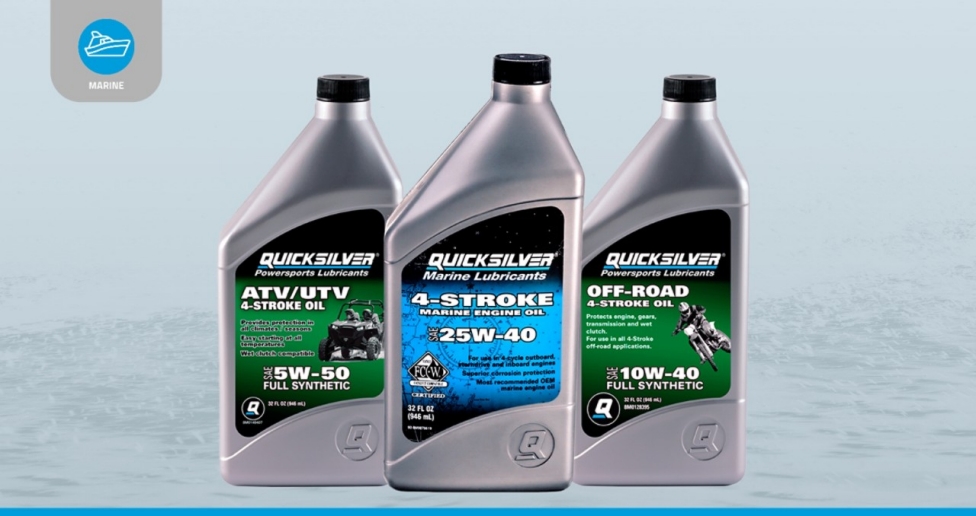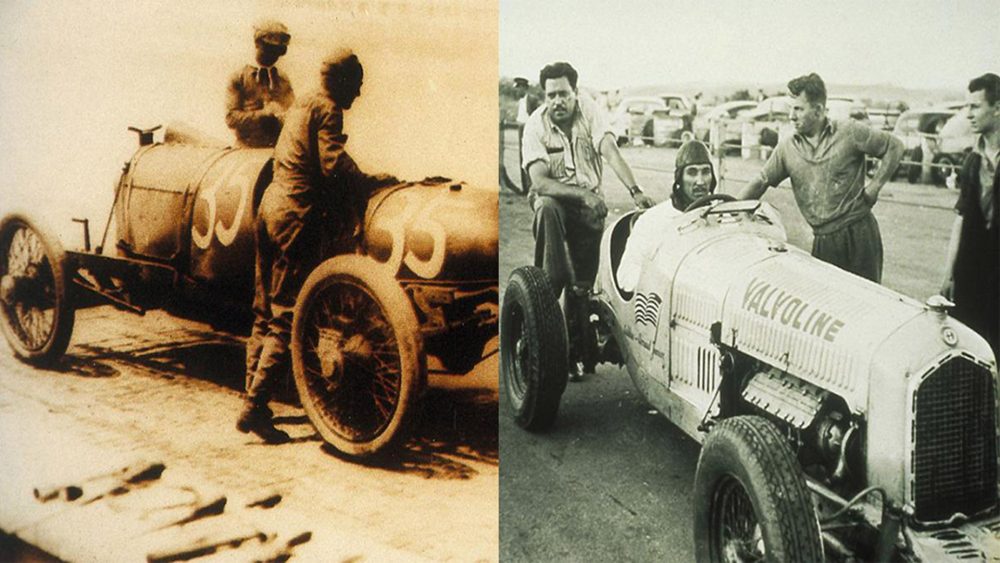To calculate grease quantity and frequency for bearings, use the SKF formula method by multiplying the bearing’s outside diameter with the total bearing’s width. This method helps determine the correct amount of grease needed for optimal lubrication.
Properly lubricating bearings is crucial for ensuring smooth operation and extending their lifespan. By following the recommended grease quantity and frequency guidelines, you can maintain the efficiency and performance of your bearings while preventing premature wear and damage. It is essential to understand the specific requirements of your bearings to determine the right lubrication intervals and amounts for optimal functioning.
Introduction To Bearing Lubrication
To determine the grease quantity and frequency for bearings, use the formula: Q = 0. 114 × B × D, where Q is the required quantity in grams, B is the bearing’s width in mm, and D is the bearing’s outside diameter in mm.
Then, apply the frequency factor to calculate the re-greasing interval, taking into account operating conditions and grease type.
Bearing lubrication plays a crucial role in maintaining the optimal performance and longevity of bearings. Proper greasing is essential to reduce friction, prevent wear, and protect against corrosion.
Importance Of Proper Greasing
Proper greasing ensures smooth operation, minimizes heat buildup, and prevents premature failure of bearings.
Impact On Bearing Lifespan
Inadequate greasing can lead to increased friction, wear, and ultimately reduce the lifespan of bearings.
Types Of Bearings And Grease Selection
When it comes to lubricating bearings, selecting the right grease type is crucial. Different types of bearings require different grease selection and application methods to ensure optimal performance and longevity.
Rolling Element Bearings Vs. Plain Bearings
Rolling element bearings, such as ball bearings and roller bearings, operate with rolling elements between the inner and outer rings to reduce friction. On the other hand, plain bearings, also known as bushings or sleeve bearings, operate with a sliding action between the bearing surface and the shaft. The type of bearing influences the selection of grease and the lubrication method.
Choosing The Right Grease Type
Selecting the appropriate grease type involves considering factors such as bearing type, operating conditions, temperature, speed, and load. High-speed applications may require a low-viscosity grease, while high-temperature environments may necessitate a grease with exceptional thermal stability. Extreme pressure conditions might demand a grease with EP additives. It is crucial to consult the bearing manufacturer’s recommendations and industry standards to select the most suitable grease for the specific application.
Understanding Grease Quantity For Bearings
Proper lubrication is essential for the optimal performance and longevity of bearings. Understanding the right grease quantity and frequency is crucial to prevent premature bearing failure and ensure smooth operation. By calculating the grease volume and considering various factors affecting its quantity, you can establish an effective lubrication schedule for your bearings.
Grease Volume Calculation
Calculating the correct grease volume is vital to provide adequate lubrication to bearings. It involves determining the space within the bearing housing and the available void to be filled with grease. The formula for grease volume calculation takes into account the bearing’s geometry and size, ensuring that the right amount of grease is applied to maintain proper lubrication.
Factors Affecting Grease Quantity
- Bearing Size and Type: Different bearings require varying amounts of grease based on their size and type, influencing the overall grease quantity calculation.
- Operating Conditions: Factors such as speed, load, and temperature affect the rate of grease consumption, impacting the frequency and amount of lubrication required.
- Sealing and Contamination: The efficiency of seals and the presence of contaminants can influence the amount of grease needed to maintain an effective lubrication barrier within the bearing.
- Re-lubrication Intervals: Determining the appropriate re-lubrication intervals based on operational demands is crucial for establishing the correct grease quantity and frequency.

Credit: ses-egy.com
Determining Grease Relubrication Frequency
Properly determining the frequency for relubricating bearings is crucial to ensure optimal performance and longevity of the equipment. Operating conditions and signs indicating the need for relubrication play key roles in this process.
Operating Conditions And Frequency
Consider the operating conditions of the bearing to determine the relubrication frequency. Factors such as load, speed, temperature, and environment impact how often relubrication is needed.
Signs That Indicate Relubrication Is Needed
- Increased Noise: Unusual sounds coming from the bearing may indicate a lack of proper lubrication.
- Increased Friction: Higher than normal operating temperatures can be a sign that relubrication is required.
- Vibration: Excessive vibration could signal inadequate lubrication.
Regularly monitoring these signs and adhering to a proper relubrication schedule are essential for the health of bearings and equipment.
Step-by-step Guide To Calculating Grease Amount
Proper lubrication is crucial for the smooth operation and longevity of bearings. Calculating the right amount of grease and determining the frequency of lubrication can help prevent premature wear and damage. In this step-by-step guide, we will walk you through the process of calculating grease quantity and frequency for bearings.
Bearing Dimensions And Formula
The first step is to gather the necessary information about the bearing. You will need to know the bearing dimensions, including the bore diameter, outside diameter, and width. Once you have these measurements, you can use the following formula to calculate the grease quantity:
Grease Quantity (g) = 0.005 x Bearing Outer Diameter (mm) x Bearing Width (mm)
For example, if the bearing outer diameter is 50mm and the width is 20mm, the grease quantity would be:
Grease Quantity = 0.005 x 50 x 20 = 5g
Adjustments For Bearing Speed And Load
In addition to the bearing dimensions, you also need to consider the operating conditions, such as bearing speed and load. Higher speeds and heavier loads require more frequent lubrication. To adjust the grease quantity, you can use the following factors:
- Speed Factor (n): This factor accounts for the bearing speed and is typically provided by the bearing manufacturer. It is expressed in millions of bearing revolutions per minute (rpm).
- Load Factor (C/P): This factor takes into account the bearing load and is also provided by the manufacturer. It represents the ratio of the dynamic load capacity (C) to the applied load (P).
To adjust the grease quantity, multiply the calculated value by the speed factor (n) and the load factor (C/P). The formula becomes:
Adjusted Grease Quantity (g) = Grease Quantity (g) x Speed Factor (n) x Load Factor (C/P)
By taking these adjustments into account, you can ensure that the bearing is properly lubricated for its specific operating conditions.
Remember, proper lubrication is essential for optimal bearing performance and longevity. By following this step-by-step guide and considering the bearing dimensions, speed, and load, you can calculate the right grease quantity and frequency for your bearings.

Credit: www.machinerylubrication.com
Tools And Resources For Grease Calculation
When it comes to calculating grease quantity and frequency for bearings, having the right tools and resources is essential. Fortunately, there are several options available to help you accurately determine the amount of grease needed and how often it should be applied. In this section, we will explore two key resources: online calculators and apps, and manufacturer guidelines and manuals.
Online Calculators And Apps
Online calculators and apps provide a convenient and efficient way to calculate grease quantity and frequency for bearings. These tools are designed to simplify the process by taking into account various factors such as bearing type, size, speed, and operating conditions. By inputting the necessary information, you can quickly obtain the recommended grease quantity and lubrication interval.
Some popular online calculators and apps include:
- Machinery Lubrication Grease Quantity and Frequency Calculator
- SKF LubeSelect
- Lubrication Engineer Calculators
These tools can provide valuable guidance in determining the appropriate grease quantity and frequency, ensuring optimal lubrication for your bearings.
Manufacturer Guidelines And Manuals
In addition to online calculators and apps, manufacturer guidelines and manuals are an invaluable resource for grease calculation. Manufacturers often provide detailed instructions on how to lubricate their specific bearing models, including the recommended grease type, quantity, and frequency.
When using manufacturer guidelines and manuals, it’s important to consider the unique specifications and requirements of each bearing. These documents may also include additional information on factors such as temperature, load, and operating environment, which can impact the grease calculation process.
By referring to the manufacturer’s guidelines and manuals, you can ensure that you are following the recommended procedures and using the appropriate grease quantity and frequency for your specific bearings.
Overall, utilizing online calculators and apps, as well as manufacturer guidelines and manuals, can greatly assist in accurately calculating the grease quantity and frequency for your bearings. These tools and resources help to optimize lubrication, prolong bearing life, and prevent premature failures.
Practical Tips For Bearing Greasing
Discover practical tips for effectively greasing bearings. Calculate the ideal grease quantity and frequency based on bearing size and application demands. Proper lubrication ensures optimal performance and extends the lifespan of your bearings.
Consistency In Grease Application
Ensure each bearing receives the correct amount of grease to prevent premature wear and breakdown.
Avoiding Overgreasing And Undergreasing
Overgreasing can cause excessive heat and seal damage, while undergreasing can lead to metal-to-metal contact.

Credit: www.efficientplantmag.com
Maintenance Best Practices And Record Keeping
Proper maintenance of bearings is crucial for ensuring their longevity and optimal performance. A key aspect of this maintenance is establishing a comprehensive greasing schedule and accurately documenting grease types and quantities. By adhering to best practices and meticulous record-keeping, businesses can minimize the risk of bearing failures and maximize operational efficiency.
Creating A Greasing Schedule
Developing a well-structured greasing schedule is essential for maintaining the health of bearings. This schedule should take into account various factors such as the type of bearing, operating conditions, and manufacturer recommendations. Regular greasing intervals should be established based on these considerations to ensure that the bearings receive adequate lubrication without being over-greased.
Documenting Grease Types And Quantities
Accurate documentation of grease types and quantities used for each bearing is imperative for effective maintenance. Maintaining detailed records enables quick identification of the lubricants utilized and the amount applied during each greasing cycle. This information is valuable for troubleshooting issues and ensuring consistency in lubrication practices across different maintenance activities and personnel.
Frequently Asked Questions
How Do You Calculate Grease Quantity Frequency?
To calculate grease quantity frequency for bearings, use the SKF formula method by multiplying the bearing’s outside diameter with its total width or height. This will give you the bearing’s volume, which you can then use to determine the amount of grease needed.
The frequency of greasing will depend on factors such as bearing size, speed, and load. It’s important to properly lubricate bearings to prevent damage and extend their lifespan.
What Is The Formula For Bearing Grease Quantity?
To calculate bearing grease quantity, use the SKF formula: outside diameter (in inches) multiplied by the total bearing width (in inches). Fill the available space in the bearing and housing between one third and two thirds full, depending on the bearing speed.
What Is The Frequency You Need To Lubricate The Bearing?
Lubricate bearings based on usage, typically every 3-6 months or 1000 operating hours.
How Much Grease To Put In Bearings?
Fill the available space in the bearing and housing one-third to two-thirds full, depending on the bearing speed.
Conclusion
Understanding how to calculate the right grease quantity and frequency for bearings is crucial for optimal performance. By following the recommended methods and formulas, you can ensure efficient lubrication, extend bearing life, and prevent costly downtime. Proper maintenance leads to smoother operations and increased productivity.


